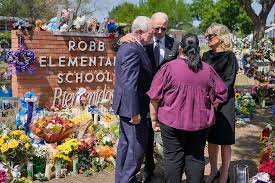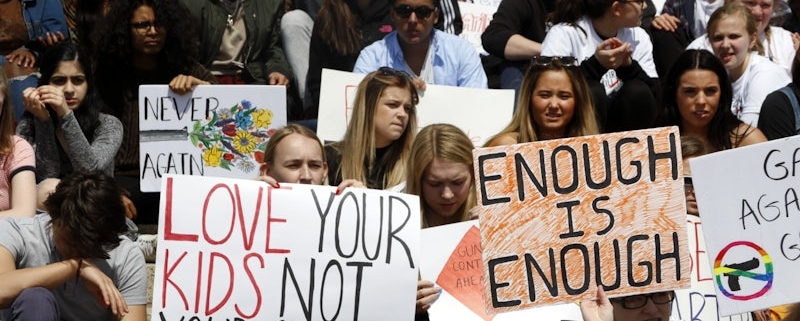Civil Liabilities for Gun Violence in Schools: Legal Perspectives and Strategies
Gun violence in schools remains a deeply concerning issue that demands immediate attention and comprehensive solutions. As instances of school shootings continue to make headlines, it’s crucial to explore the legal aspects surrounding this problem and the strategies that can be employed to ensure the safety and well-being of students, faculty, and staff.
The Legal Landscape
Second Amendment: The Second Amendment to the United States Constitution grants individuals the right to bear arms. However, this right is not absolute and can be subject to reasonable regulations. Courts have upheld the constitutionality of various gun control measures while balancing the need for public safety.
Gun-Free School Zones Act (GFSZA): Enacted in 1990, the GFSZA makes it a federal offense to possess a firearm within 1,000 feet of a school zone. This law helps create safe zones for students and staff, although its effectiveness has been debated.
State-Level Regulations: States have the authority to enact their own gun control laws. These laws can vary widely, including background check requirements, waiting periods, and restrictions on firearm possession for certain individuals, such as those with a history of domestic violence or mental illness.

Challenges in Addressing Gun Violence in Schools
Access to Firearms: One of the primary challenges is the ease of access to firearms, especially for individuals who intend to do harm. Closing loopholes in background checks and implementing stricter regulations for gun purchases could help mitigate this issue.
Mental Health: Identifying and addressing mental health concerns among students is crucial. Schools should have resources for counseling and support, and there should be mechanisms in place for reporting concerns about students’ well-being.
Security Measures: Implementing effective security measures, such as metal detectors, surveillance systems, and personnel training, is essential to deter potential threats and respond promptly to any incidents.
Strategies for Prevention and Legal Action
Comprehensive Gun Control Legislation: Advocating for comprehensive gun control legislation at both federal and state levels can help establish consistent regulations, including mandatory background checks for all firearm sales and transfers.
Red Flag Laws: Red flag laws allow law enforcement or family members to petition a court to temporarily remove firearms from individuals who pose a risk to themselves or others. These laws can prevent potential threats from accessing weapons.
Increased School Safety Funding: Governments should allocate funds to
Community and School Collaboration: Establishing open communication channels between schools, law enforcement, mental health professionals, and communities can lead to quicker identification of potential threats and a more coordinated response.
Civil Liability for Gun Safety
Civil liability for gun violence in schools can be a complex legal issue. In general, individuals or entities, including schools, can be held civilly liable for gun violence in schools under certain circumstances. Liability may vary based on factors such as negligence, foreseeability, and the specific laws in a given jurisdiction. Victims and their families may pursue legal action against those they believe are responsible, such as the shooter, school authorities, or potentially gun sellers in cases involving negligence.
It’s important to consult with a legal expert for advice on specific cases, as laws can vary from place to place, and this area of law is subject to ongoing changes and developments.
Addressing gun violence in schools requires a multifaceted approach that involves legal measures, mental health support, and community collaboration. While respecting individuals’ rights under the Second Amendment, it’s imperative to prioritize the safety and security of students, teachers, and staff. By implementing effective gun control measures, improving mental health resources, and fostering partnerships between stakeholders, we can work toward creating safer educational environments for our children and our communities.


